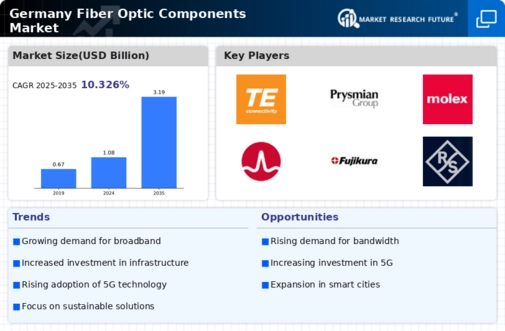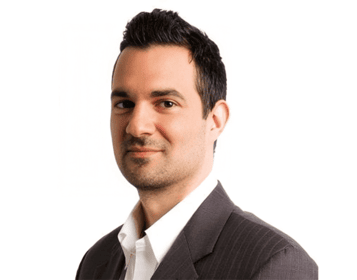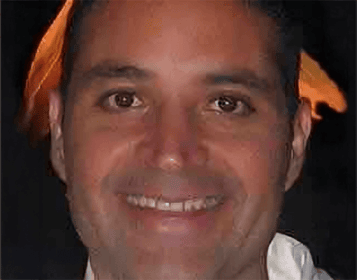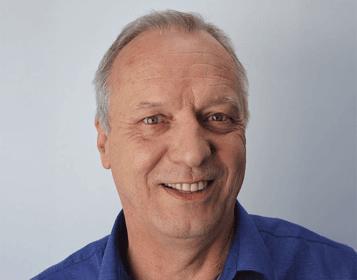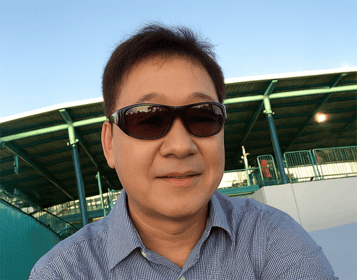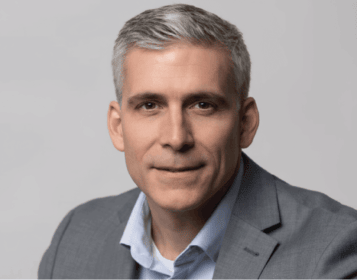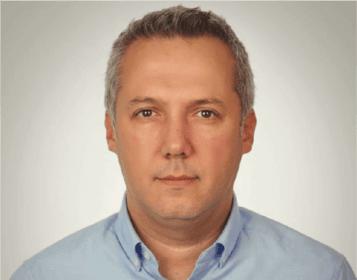The Germany Fiber Optic Components Market is characterized by a robust competitive landscape where numerous companies vie for market share and innovate continuously to cater to the ever-growing demand for high-speed communication infrastructure. With Germany being a key player in the European telecommunications sector, investments in fiber optic technology have surged, driven by both private and public initiatives aimed at enhancing connectivity and digital infrastructure. Companies in this space are continually refining their product offerings and exploring strategic alliances to maintain a competitive edge.
Consequently, high-quality performance, reliability, and cost-effectiveness have emerged as critical factors influencing purchasing decisions for businesses and consumers alike. As the focus on sustainability and efficient resource utilization rises, firms are increasingly adapting their methodologies and practices to align with these overarching market trends.TE Connectivity has established a formidable presence in the Germany Fiber Optic Components Market, leveraging its strong technical expertise and widespread distribution networks. The company’s strengths lie in its commitment to innovation, delivering high-performance fiber optic connectors, cables, and related accessories that cater specifically to various sectors, including telecommunications and data centers.
TE Connectivity has positioned itself favorably by focusing on developing modular and scalable fiber optic solutions that meet emerging needs in a rapidly evolving technological landscape. By maintaining a robust supply chain and enhancing customer support services, TE Connectivity continues to broaden its reach and reinforce its leadership within the German market context while adapting to the local requirements and regulatory frameworks.Sterlite Technologies enjoys a notable standing in the Germany Fiber Optic Components Market, driven by its comprehensive portfolio of products that includes high-quality optical fibers, cables, and end-to-end network solutions.
The company has made significant inroads through strategic partnerships and collaborations with local stakeholders to enhance its market presence. Sterlite Technologies emphasizes innovation and has invested in research and development to deliver cutting-edge solutions tailored for the German market’s unique demands. Strengths such as strong customer relationships, a reputation for reliability, and a customer-centric approach to product development have benefitted the company.
Furthermore, Sterlite Technologies has also explored growth opportunities through mergers and acquisitions, aiming to expand its operational footprint and enhance its ability to deliver value to the telecommunications industry in Germany, aligning with the industry's push for faster and more robust fiber optic infrastructure.

